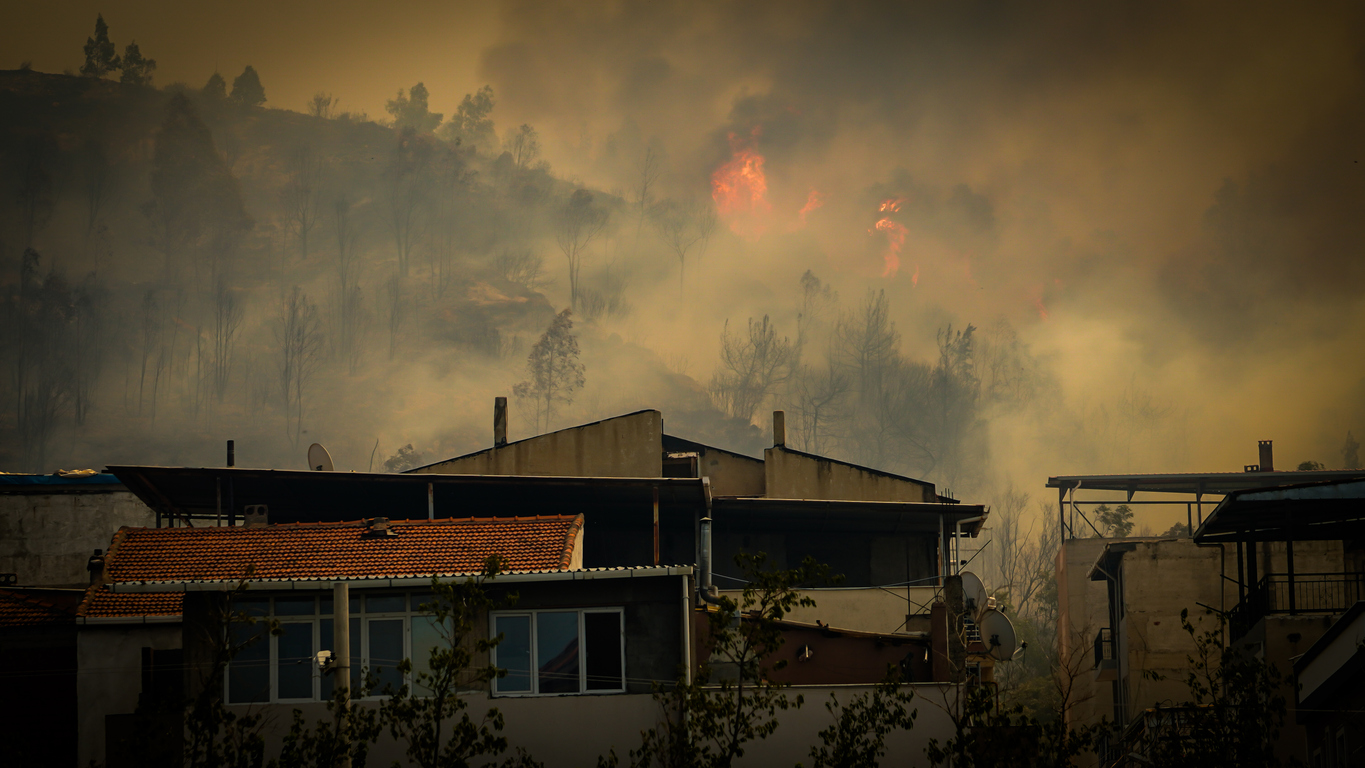Aluminum products producer Hulamin in Pietermaritzburg, South Africa, lost recently shut down one of its mills due to a mechanical failure. The repairs took 30 days, and the company lost 23,000 tons of production. As part of its business continuity plan, Hulamin quickly continued production of thicker gauge plate products at a subsidiary facility, using Hulamin’s twin roll casters at the subsidiary facility to continue producing inventory.
Hulamin carried cost of repair and business interruption insurance and presented a claim. Hulamin’s foresight resonates with a principle that all business income claims professionals agree upon: coverage alone is sometimes not sufficient to survive an unexpected loss.
As noted in a previous blog, Understanding Supply Chain Exposures – Understanding Business Interruption Claims:
[r]isk managers should not stop at acquiring the best coverage available for a dependent businesses or service. They should also have a good back up plan to keep the supply chain running through a first party coverage claim.As global economies of scale become more and more attractive, it is important for businesses to understand their critical supply chain risks and exposures. Businesses should also obtain adequate insurance and establish reliable business continuity plans that rely less on insurance protection and more on resilient response planning. While many feel that risk management is an unnecessary expense, it is actually an investment on market competitive advantage that guarantees higher profits, even in a futuristic dystopian world.



